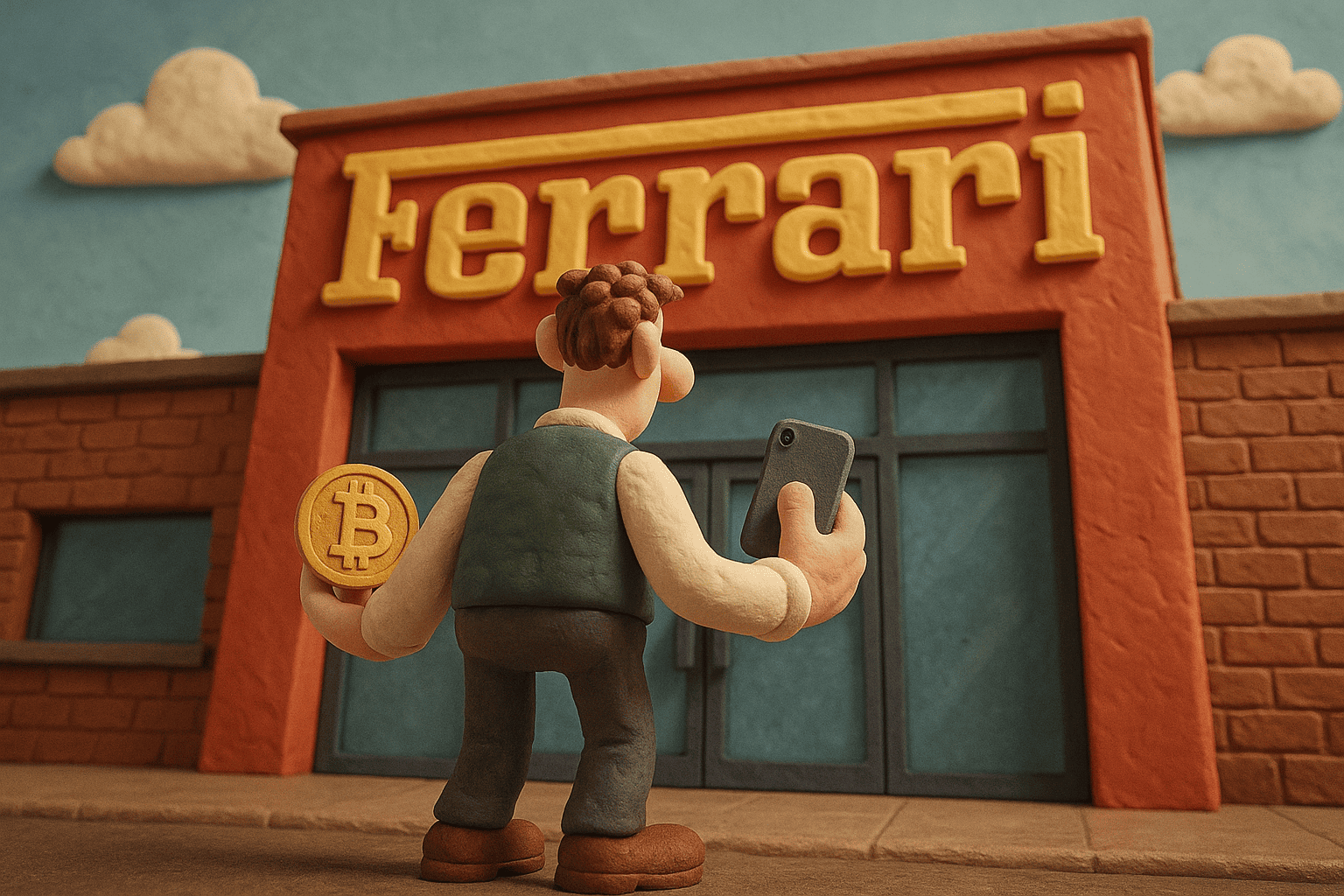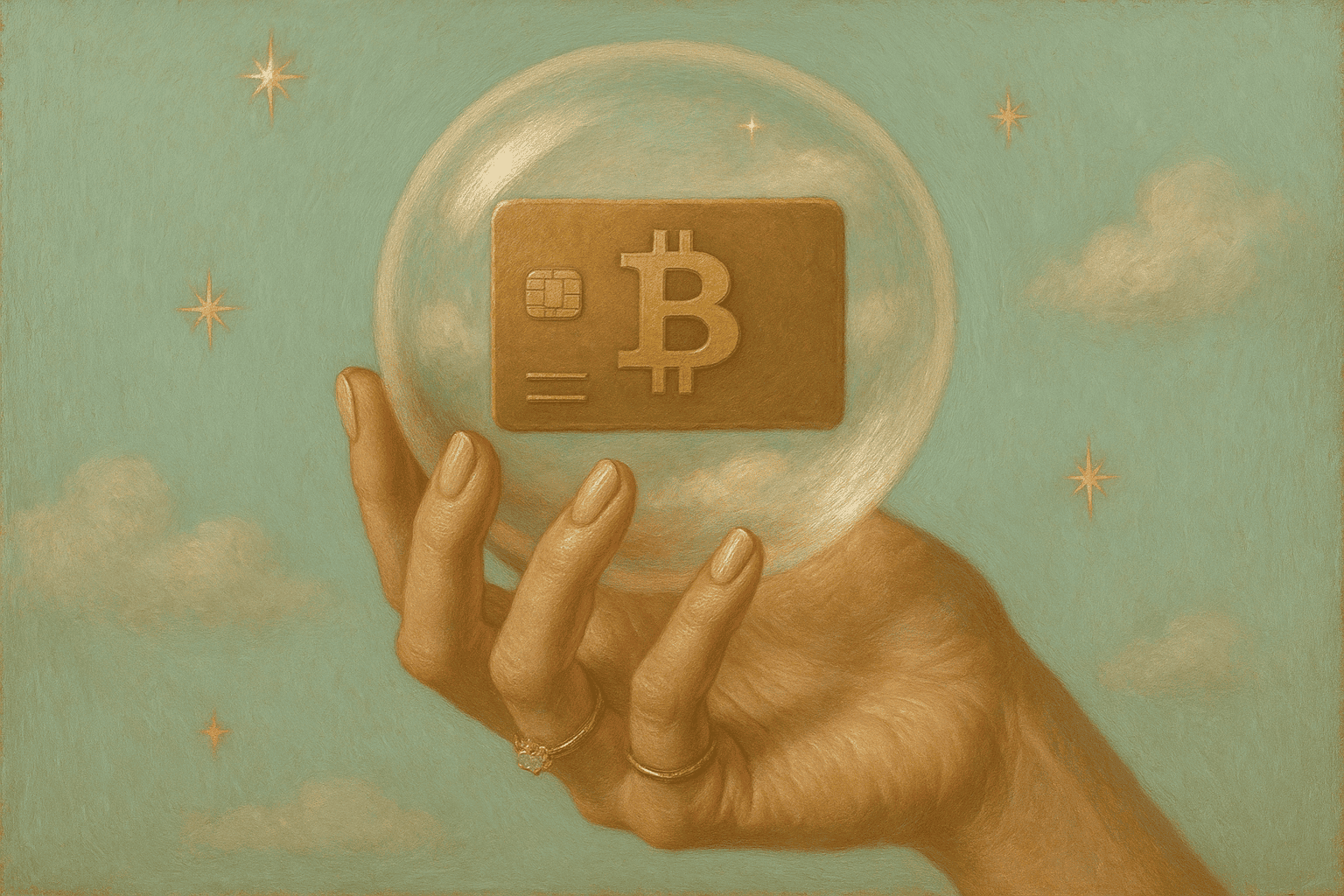Popular cryptos
dYdX
Download app Ironwallet and get tool for making transaction without network fee
About dYdX
dYdX is an Ethereum-based decentralized finance (DeFi) trading platform that allows users to trade, borrow, and lend crypto assets without centralized intermediaries. The dYdX protocol is open-source, transparent, and non-custodial, aligning with the ethos of decentralization in blockchain and crypto.
DYDX token
The DYDX token plays a crucial role in the decentralized governance of dYdX. DYDX holders can stake tokens to vote on proposals or delegate votes to another address. Some of the governance capabilities include:
- Setting trading fees and interest rates
- Supporting new crypto assets
- Allocating protocol revenue to development initiatives
- Upgrading oracle mechanisms
- Adding new product features
DYDX tokens also capture a share of platform fees and serve as an incentive to attract liquidity. The token aligns incentives between users, developers, and other network participants.
DYDX Tokenomics
The DYDX token was launched in September 2021 as part of dYdX’s decentralization efforts. A total of 1 billion DYDX tokens were minted initially.
DYDX has a fixed max supply and no new tokens can be minted. This provides scarcity and preserves value for token holders over time.
The tokens were distributed through a retroactive public sale, airdrops to historical users, liquidity mining incentives, an ecosystem reserve, and to the dYdX treasury.
Of the total supply, 25% was sold in the public sale, 12.5% went to historical users, 12.5% to liquidity providers, 25% to the dYdX reserve, and 25% to the treasury.
The treasury tokens are used to fund ongoing development and growth initiatives. The ecosystem reserve provides incentives for liquidity providers, traders, and other users that contribute value.
DYDX tokens capture trading fees from the protocol as a revenue source. Token holders can stake DYDX to participate in governance of the decentralized autonomous organization (DAO).
The fixed supply and value accrual mechanisms are designed to incentivize long-term alignment between DYDX holders and the success of the protocol. As adoption grows, the tokenomics drive further decentralization and user ownership.
History of dYdX
dYdX was founded in 2017 by Antonio Juliano and Brendan Chou. The platform was originally launched on the 0x protocol in 2018, allowing for decentralized trading of ERC-20 tokens. In 2019, dYdX transitioned to its own layer-2 protocol built on StarkWare’s StarkEx scalability engine. This transition enabled dYdX to scale effectively while reducing gas fees.
In 2021, dYdX launched its governance token, DYDX, and decentralized its platform. This was a major step in becoming a DAO (decentralized autonomous organization). dYdX has seen tremendous growth, with trading volume exceeding $250 billion in 2021. Its innovative approach and focus on decentralization make it a leading DeFi protocol.
Key Features of dYdX
Some of the key features that set dYdX apart include:
- Non-custodial trading – Users maintain control of their funds and private keys.
- Margin trading – Traders can trade with leverage using borrowed funds.
- Perpetuals and futures – dYdX offers perpetual swaps and futures contracts on various crypto assets.
- Lending and borrowing – Users can lend out idle crypto assets or borrow assets to trade with leverage.
- Decentralized governance – The DYDX token enables decentralized governance of the protocol.
These features provide advanced trading capabilities while preserving the decentralization benefits of blockchain technology.
How dYdX Works
dYdX incorporates smart contracts that facilitate automated decentralized trading and lending/borrowing. Here’s a quick look at how it works:
- Trades occur directly between users’ wallets using liquidity pools rather than order books. The smart contracts connect traders automatically.
- For margin trades, borrowers put up collateral while lenders provide the borrowed funds. Everything is secured by the contract.
- The oracle mechanism sources accurate price data to trigger the execution of trades and liquidations on the platform.
- Liquidity providers can stake crypto assets in pools to earn trading fees from the protocol. The DYDX token is used to govern key protocol parameters.
This frictionless user experience demonstrates the possibilities for DeFi in the future.
Trading on dYdX
dYdX currently supports spot trading for over 60 token pairs including BTC, ETH, SOL, and major stablecoins. It also offers leveraged perpetual swaps and futures contracts.
Some of the advantages of trading on dYdX include:
- Very low fees compared to centralized exchanges
- Slippage protection with tight spreads
- Stop loss and take profit orders
- Up to 5x leverage available
- Liquid markets for major crypto assets
Traders can connect a Web3 wallet like MetaMask and start trading instantly with no KYC. The platform provides charts, order books, and trading analysis tools.
dYdX Decentralization
Decentralization sets dYdX apart from earlier DeFi protocols. In 2021, dYdX transitioned protocol control and treasury management to the DYDX token.
Some of the decentralized elements include:
- DAO governance – DYDX holders have control over the protocol’s policies and direction
- Non-custodial – Users always maintain custody of funds
- Transparent – The protocol is open source with public verifiability
- Censorship resistance – No single entity can block access or freeze funds
- Permissionless – Anyone can use dYdX without restrictions
This level of decentralization brings additional security, resilience, and community ownership relative to centralized finance.
The Future of dYdX
dYdX has ambitious plans focused on bridging more traditional finance into DeFi. Its Layer 2 infrastructure helps scale trading while reducing gas fees on Ethereum.
Looking ahead, dYdX aims to enable tokenized stocks, indices, and derivatives that mirror traditional markets. It also wants to expand lending/borrowing markets and explore cross-chain interoperability.
As regulation of crypto markets evolves, dYdX is well-positioned to adapt due to its transparent decentralized nature. The project has strong momentum that could make it a leading force in DeFi for years to come.





















